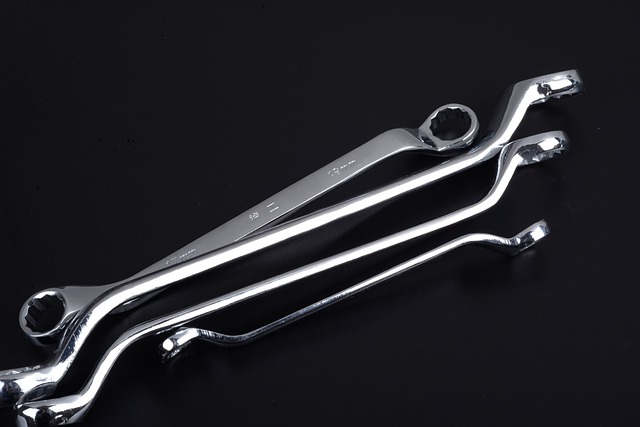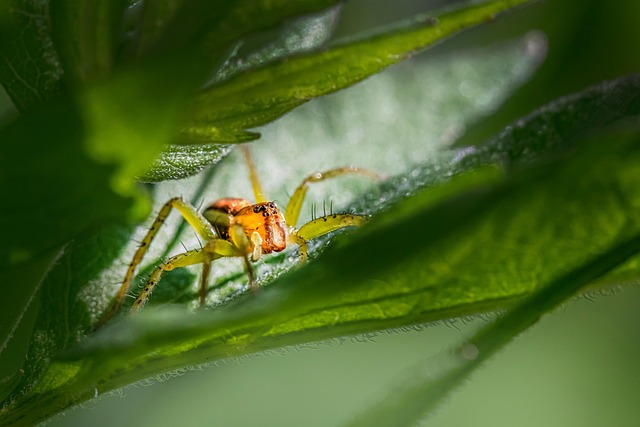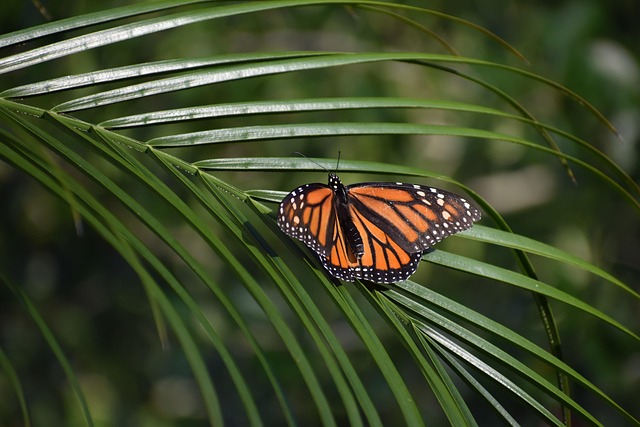Wildlife removal, a complex process, involves safely managing or relocating animals disrupting ecosystems or threatening human safety. It's ethical and humane, focusing on understanding animal behavior, local regulations, and prevention methods like eliminating food sources and sealing entry points. Professionals use specialized equipment and tailored techniques for species-specific needs. After safe removal, proper post-care ensures the animal's well-being and successful reintegration. Experts play a crucial role in complex situations, addressing animal welfare concerns and managing endangered or protected species, emphasizing ethical wildlife management practices.
Safe Wildlife Removal is a crucial guide for understanding and managing unexpected animal visitors. Learn when and why wildlife removal is necessary, exploring legal and ethical considerations to ensure humane eviction. Identify common intruders and their behaviors, discover effective traps and relocation methods, and master prevention techniques. Understand when professional help is required and how to care for animals post-removal, promoting a healthy return to their natural habitats. This comprehensive approach to wildlife removal ensures both animal welfare and peaceful coexistence.
Understanding Wildlife Removal: When and Why It's Necessary

Wildlife removal is a critical aspect of maintaining balance in ecosystems, but it should be approached with caution and understanding. It refers to the process of safely relocating or managing wild animals that have entered human habitats or are causing distress in their natural surroundings. This becomes necessary for various reasons, primarily when wildlife poses a direct threat to human safety, property, or other domestic animals.
In many cases, wildlife removal is not about eradicating species but rather about finding humane solutions to conflicts. For instance, a bear entering a residential area might be a result of food sources being easily accessible, and removing these incentives while ensuring the bear’s safe relocation can prevent future encounters. Understanding the underlying reasons for wildlife presence and behavior is key to implementing effective yet ethical removal methods.
Legal and Ethical Considerations for Safe Wildlife Eviction

When considering wildlife removal, it’s crucial to understand the legal and ethical implications involved in ensuring safe eviction. Every region has specific regulations governing the handling of wildlife, especially when it comes to endangered or protected species. Violating these laws can lead to hefty fines and legal repercussions. It’s essential for both professionals and individuals attempting wildlife removal to familiarize themselves with local wildlife protection acts and permits required for relocation.
Ethically, minimizing stress and harm to the animals is paramount. Professional wildlife removal services adhere to strict standards to guarantee the well-being of the creatures they handle. This includes using humane traps, providing food and water during captivity, and ensuring proper release back into their natural habitat. Respecting wildlife and their environment not only aligns with ethical guidelines but also fosters a harmonious relationship between humans and nature.
Identifying Common Wildlife Invaders and Their Behaviors

When it comes to wildlife removal, understanding common invaders and their behaviors is crucial for both safety and effective management. Animals like squirrels, raccoons, and opossums are frequently encountered in residential areas, each with distinct habits that impact human environments.
Squirrels are known for their agility, often nesting in trees and attics, while raccoons are highly adaptable, entering homes through small openings in search of food or shelter. Opossums, on the other hand, tend to avoid conflict but can become a nuisance when they set up dens under structures or in crawl spaces. Recognizing these behaviors is key to humane wildlife removal, ensuring both the safety of the animals and the property owners.
Humanely Traps and Relocates: Tools and Techniques for Professionals

In the field of wildlife removal, professionals employ a range of tools and techniques to ensure the safe and humane trapping and relocation of animals. One of the key aspects is using specialized equipment designed for minimal stress to both the wildlife and the environment. This includes traps that are quickly checked and maintained to prevent prolonged captivity, which can cause harm or distress.
Techniques involve careful planning based on species-specific needs, weather conditions, and legal considerations. Professionals may use live traps with one-way doors to allow animals to enter but not escape until they are securely removed. They also employ noose traps, which gently restrain animals without causing injury. For more delicate situations, professionals might opt for hand capture, requiring skill and experience to handle animals safely while minimizing the risk of injury or panic.
Preventing Unwanted Wildlife Visits: Effective Deterrents and Measures

Preventing unwanted wildlife visits is a key aspect of safe wildlife removal. The first line of defense involves identifying and eliminating potential food sources that might attract animals to your property. This includes securing trash cans, storing pet food indoors, and cleaning up any crumbs or spills immediately. Additionally, sealing entry points such as gaps in fences, broken windows, or holes in walls can prevent wildlife from finding their way inside.
Effective deterrents also play a significant role. Using scent-based repellents, like cinnamon or peppermint oil, can help keep animals away. Visual deterrents, like motion-activated lights or reflective tape, can startle and discourage wildlife from approaching. In some cases, noise makers like whistles or radios left on in unused areas can serve as reliable deterrents. These measures, combined with regular inspections, can significantly reduce the likelihood of unwanted wildlife visits, ensuring a safer environment for both the animals and residents.
The Role of Experts: When to Call for Professional Help

When it comes to safe wildlife removal, knowing when to call in experts is crucial. While some wildlife encounters can be managed through basic safety practices and non-lethal methods, there are instances where professional intervention is essential for both human safety and animal welfare. Experts in wildlife removal possess specialized knowledge and training to handle diverse species and complex situations effectively.
They understand the legal and ethical considerations surrounding wildlife, ensuring compliance with local regulations. More importantly, professionals have the tools and equipment to safely capture and relocate animals without causing harm, which is particularly vital for protected or endangered species. If you notice signs of distress in wildlife, observe aggressive behavior, or find injured creatures, it’s time to reach out to experts in wildlife removal for prompt and humane assistance.
Post-Removal Care: Ensuring a Healthy Return to Habitat

After safe wildlife removal, proper post-care is crucial for ensuring the creature’s well-being and a successful return to its natural habitat. The first step involves providing essential hydration and nutrition; wild animals often arrive at rescue centers dehydrated or malnourished. Offering them clean water and appropriate food, tailored to their species, helps stabilize their condition. Many rescues also administer vitamin supplements to boost immunity during this vulnerable period.
Additionally, reintroduction to their native environment requires careful planning. This includes preparing a suitable release site, free from immediate threats, and ensuring it has adequate resources like food sources, water, and cover. Monitoring the animal post-removal is vital; tracking their progress helps rescuers identify any issues or complications that may arise during the readaptation process, allowing for timely intervention if needed.
